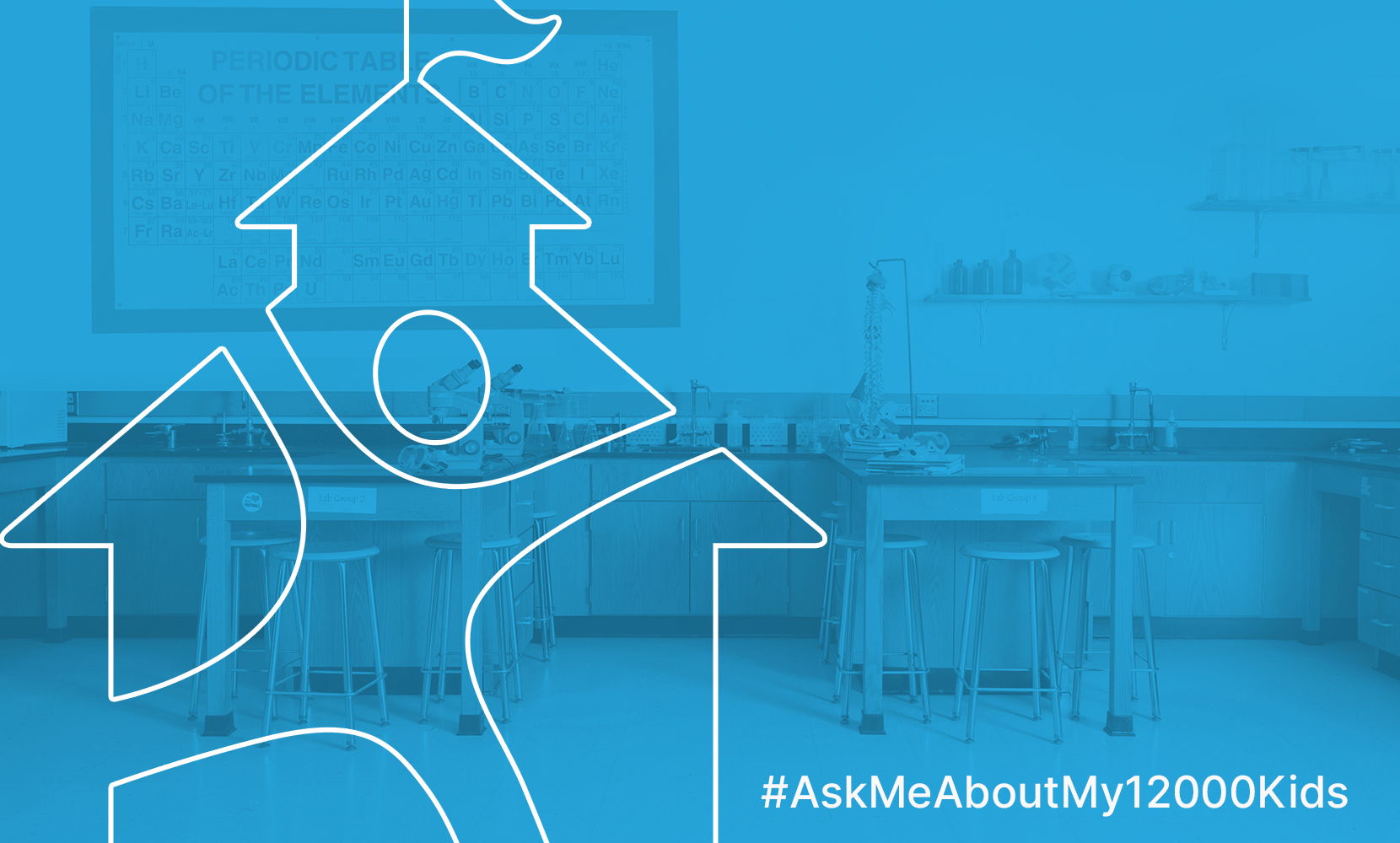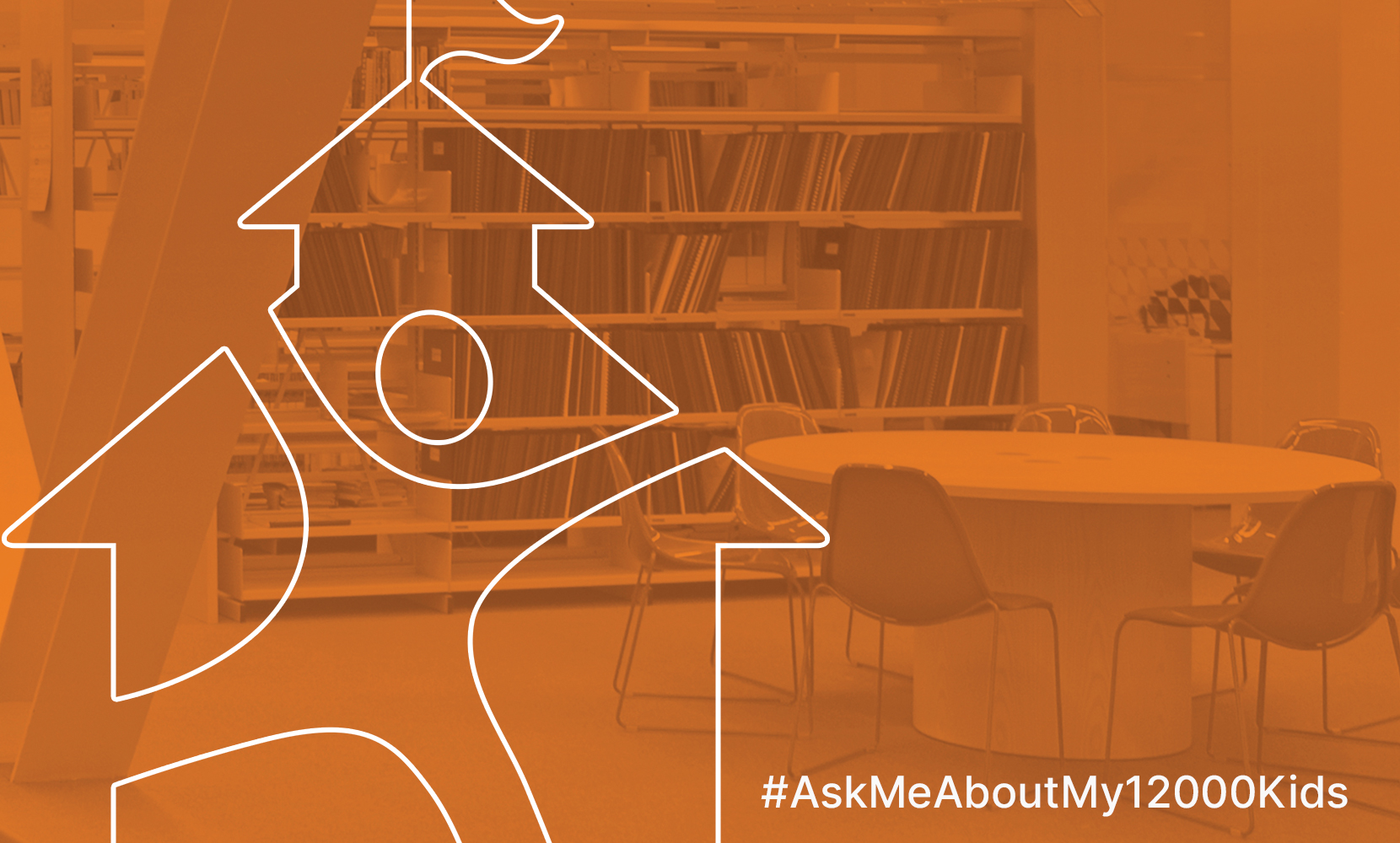 Imagine. You are one of the lucky ones.
Imagine. You are one of the lucky ones.
You are in the direct path of a devastating hurricane and yet, even though you are frightened, cold, wet, and hungry you manage to reach a designated shelter. It’s sturdy and well stocked. There is room for you. Once inside, you aren’t sent back into the storm for blankets and pillows, food and water. Your needs for clean, dry clothes, toothpaste, and other hygiene products, can be met here.
Now imagine this. Someone says, Sorry you’re hungry, but if you want something to eat you’re going to have to leave the shelter and round something up yourself. Lost your shoes in the storm? Too bad. Yea, it’s a shame your pants are soaked but if you want something dry, you won’t find it here. No reliable transportation to the six locations you need to go to get what you need? Don’t know what to tell you. Despite the struggle it took to get here, with the hurricane barreling down, you abandon the shelter. Crazy, huh?
Yet, that’s exactly the position we put children and their families in when we don’t offer needed supports in the safe haven of schools. We shouldn’t expect teachers and other school staff to coordinate resources and supports. They already have one of the most important jobs in the world: educating our kids. We can’t necessarily expect parents, despite all the love they have for their children, to handle it alone, either. As one mother put it, “There is no worse feeling I’ve had as a parent than knowing my child has needs but I’m not in a position to help meet them all.”
 We can’t expect students to thrive in school while enduring the often unpredictable storms of life, all the while attempting to navigate the adult-sized challenges blown into their path. They can’t turn on the Kid Channel, the one with someone standing in front of a fancy map and be expected to figure out how to seek refuge from Hurricane Poverty, Category 4 Homelessness, Tropical Storm Depression, or the rumbling shock waves felt for years from the Food Insecurity Earthquake.
We can’t expect students to thrive in school while enduring the often unpredictable storms of life, all the while attempting to navigate the adult-sized challenges blown into their path. They can’t turn on the Kid Channel, the one with someone standing in front of a fancy map and be expected to figure out how to seek refuge from Hurricane Poverty, Category 4 Homelessness, Tropical Storm Depression, or the rumbling shock waves felt for years from the Food Insecurity Earthquake.
Fortunately, for kids throughout 2,300 schools across the country—20 of those schools within the Kalamazoo Public School district—CIS is in the schools, standing with teachers, catching students in their time of need, and along with parents, a host of community partners and volunteers, lifting them up with a net of integrated student supports we’ve woven together (and continue to weave).
Just as planning and coordination is a vital part of any emergency response, so it is for CIS work. Thanks to Kalamazoo’s commitment to integrated student services, we work closely with Kalamazoo Public Schools and our community partners so that we can deliver the right resources, to the right kids, at the right times, right in the schools. It’s this collaborative preparedness that not only provides students and their families relief from the storm, but allows students to focus and learn from their teachers.
When our most vulnerable students succeed, we all do.
Four ways you can provide relief to Kalamazoo children today:
- Become a volunteer.
- Join the CIS team. We’re hiring for a number of positions!
- Donate to CIS of Kalamazoo.
- To those of you who have advocated for a restoration of full funding for 21st Century After School Programs, thank you! Your efforts have made a significant difference. A bi-partisan measure in the House restores a portion of the 2016-17 funding levels. Congress has until December 8, 2017 to adopt a compromise funding bill between the House and the Senate for 21st Century CLC’s. Your continued advocacy for the importance of federal funding to extend the learning day for our kids is needed until there is a final adopted budget. For more information and for information on public officials to contact, go here, to the first page of the 2017 Spring issue of CIS Connections.
If you missed our post a few weeks back on the recent storms our community and CIS family has been weathering, you can read it by going here.
Tags: 21st Century Community Learning Centers, after school programming, CIS, Communities In Schools of Kalamazoo, giving back in the schools, volunteering in the schools




